Supply Chain Leadership Series VII: Matthew Wallace, CEO, Project DXM
NC State SCRC
DECEMBER 27, 2023
Changing the way people buy apparel Matthew Wallace has worked in a number of apparel management roles over his career, including as a Senior Director of Sourcing for Merchandising at Walmart, a senior VP at apparel manufacturer PVH (which owns Tommy Hilfiger and Calvin Klein), and currently the CEO of Project DXM (Digital Xpress Model).



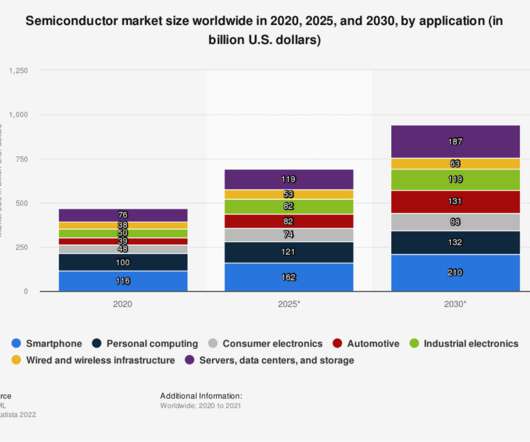
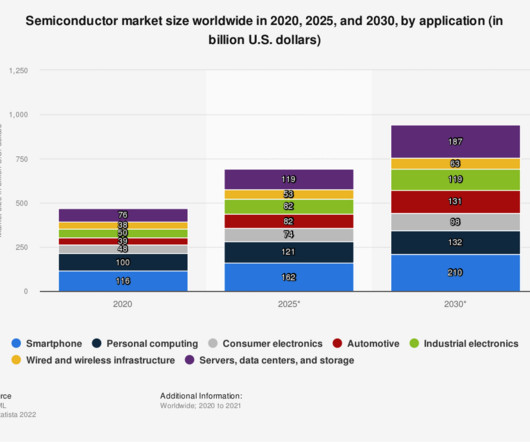


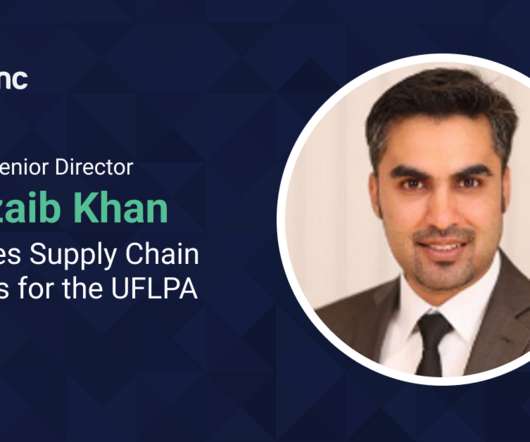






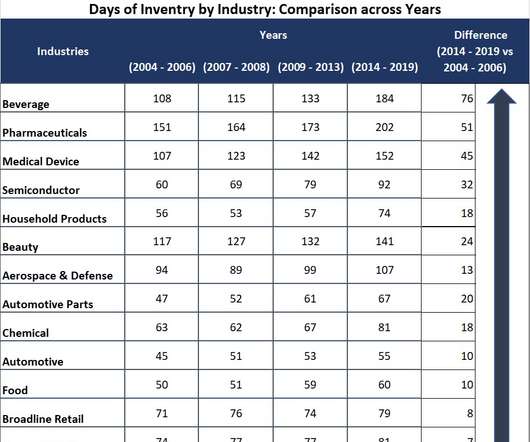
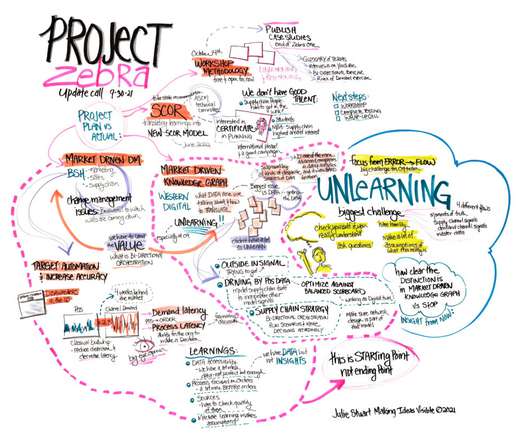


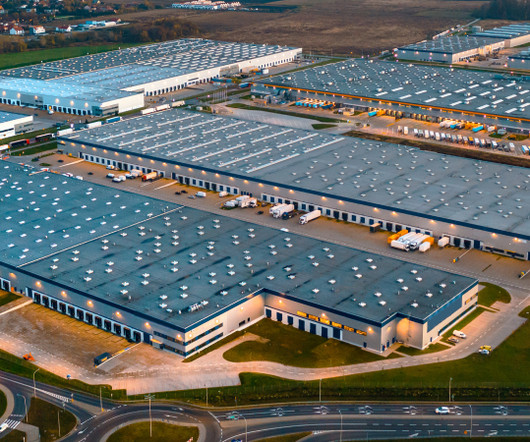




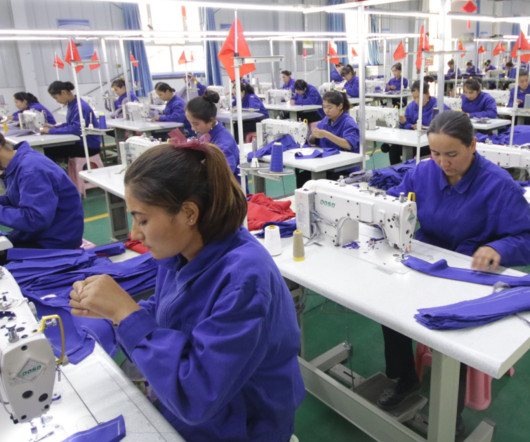













Let's personalize your content